International Packaging Services
In international transportation, packaging services play a crucial role. It involves more than simply placing goods into boxes or containers; it entails selecting appropriate packaging materials and methods to provide comprehensive protection and safety for the cargo. Stakeholders need to recognize the pivotal role of packaging services and provide customers with professional packaging solutions.
In the following discussion, we will delve into the crucial role of packaging services in international transportation. We will explore different packaging materials and their limitations, emphasize the significance of packaging in cargo protection, introduce international packaging laws and standards, and address common questions regarding packaging services. Through these insights, we aim to enhance your understanding of the vital aspects of cargo transportation and logistics services.
The Importance of using freight packaging services
Goods protection: Freight packaging services provide professional packaging solutions to ensure the effective protection of goods during transportation. Appropriate packaging materials and methods can reduce the risks of vibration, impact, and damage to maintain the integrity and quality of the goods.
Reduce losses and damages: Proper packaging can minimize losses and damages during transportation. Goods may face various risks, such as humidity, temperature changes, pressure, and vibrations. Professional freight packaging services can provide corresponding protective measures based on the characteristics of the goods and transportation environment, reducing the probability of damage.
Enhance safety: Freight packaging services include packaging and labeling hazardous materials. Proper packaging and labeling of hazardous materials ensure compliance with relevant regulations and standards, reducing the risk of accidents during transportation and protecting the safety of personnel and the environment.
Compliance with regulations and standards: We understand and adhere to international transportation regulations and standards. Whether customs requirements, hazardous materials packaging regulations, or other relevant regulations apply, we ensure that our packaging solutions meet the requirements, avoiding legal issues and transportation delays.
Provide expertise and experience: Freight packaging providers have extensive professional knowledge and experience. They can provide optimal packaging solutions based on the characteristics of the goods and transportation requirements. They are familiar with different types of packaging materials, packaging techniques, and regulatory requirements, offering customized freight packaging services to clients.
Enhance image and reputation: Using professional freight packaging services demonstrates your commitment to the safety and quality of goods, enhancing the image and reputation of your business. Good packaging leaves a positive impression on customers and partners, increasing their trust and loyalty to your company.
In conclusion, the reasons for using freight packaging include goods protection, reducing losses and damages, enhancing safety, compliance with regulations, providing expertise and experience, and enhancing image and reputation. As a freight forwarder, we are committed to providing professional goods packaging services, ensuring that goods are adequately protected throughout the transportation process to meet the needs and expectations of our customers.
Common Packaging Materials in International Transportation
Now let's introduce the common packaging materials and their characteristics in freight packaging services. By understanding the properties of different packaging materials, you can select the most suitable packaging material for your cargo to ensure adequate protection during transportation. Let's delve into these common packaging materials together to provide you with the best packaging solutions for your international transportation.
Common packaging materials in international transportation include:
1. Cardboard boxes:
Cardboard boxes are one of the most common packaging materials, known for their lightweight, ease of processing, and low cost. They can be selected in appropriate sizes and strengths based on the dimensions and weight of the goods. However, cardboard boxes are relatively weak regarding water resistance and compression, so additional protective measures may be required for heavy or fragile goods.

Advantages
Lightweight, minimizing additional weight.
Easy to process and customize, it can be cut and adjusted according to cargo size.
Relatively low cost.
Disadvantages
Poor water resistance, prone to moisture.
Limited compression strength may require additional support or lining materials for heavy or fragile goods.
2. Wooden crates:
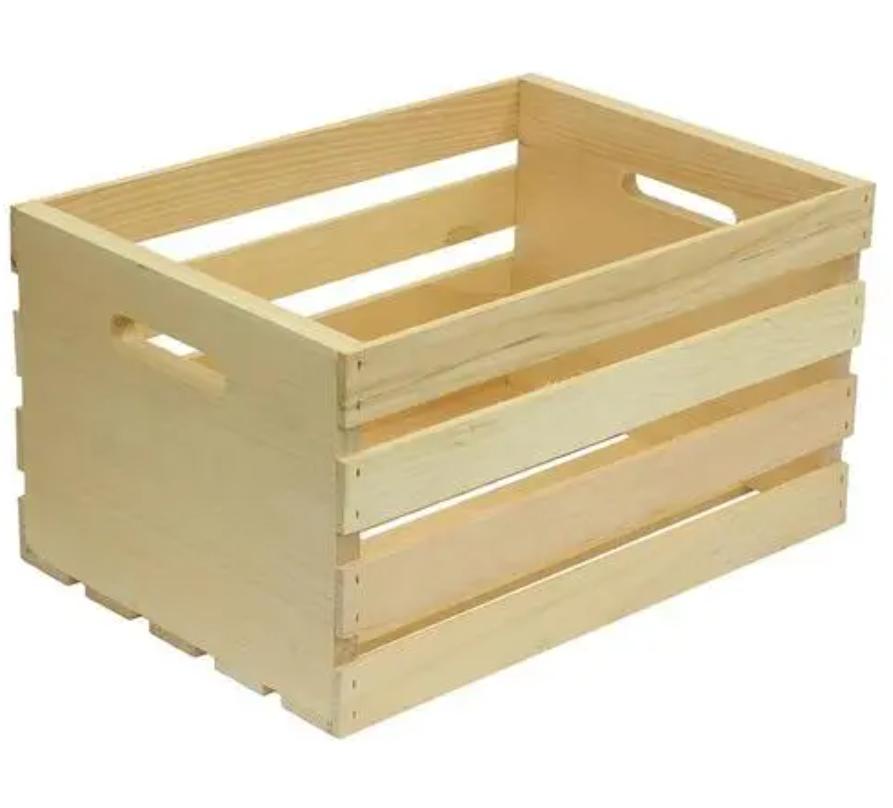
Wooden crates are sturdy and durable packaging options for heavy goods or those requiring extra protection. Wooden crates can be customized in size and strength, providing good compression and water resistance. However, wooden crates are heavier, which may increase transportation costs, and they need to comply with regulations regarding international wooden packaging materials.
Advantages
Sturdy and durable, capable of withstanding substantial pressure.
Provide good water resistance and can reduce the impact of moisture through sealing and wood treatment.
It can be customized in size and shape as needed.
Disadvantages
Heavier weight may increase transportation costs.
Need to comply with regulations regarding international wooden packaging materials to avoid issues related to plant pests or species propagation.
3. Bubble wrap:
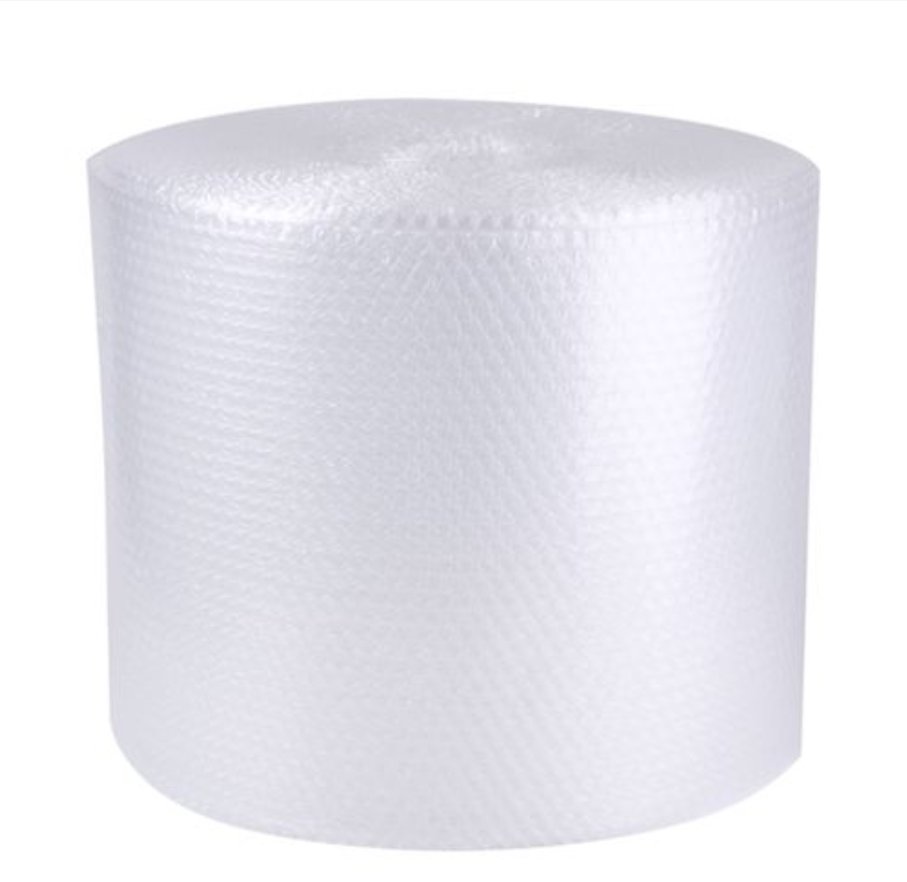
Bubble wrap is a lightweight packaging material with cushioning protection. Its advantages include excellent shock absorption and cushioning properties, effectively preventing goods from being squeezed or affected by vibrations. Bubble wrap also offers good water resistance, forming a protective layer on the surface of the goods. However, bubble wrap's protective capabilities are relatively weak, and additional protective measures may be needed for particularly fragile items.
Advantages
Lightweight, minimizing additional weight.
Offers good cushioning and shock absorption, reducing the impact of squeezing and vibrations on goods.
Provides good water resistance, protecting goods from moisture.
Disadvantages
Limited protective capabilities may require additional protective measures for especially fragile items.
May require a significant amount of bubble wrap to cover large items, increasing costs and usage.
4. Foam boards:
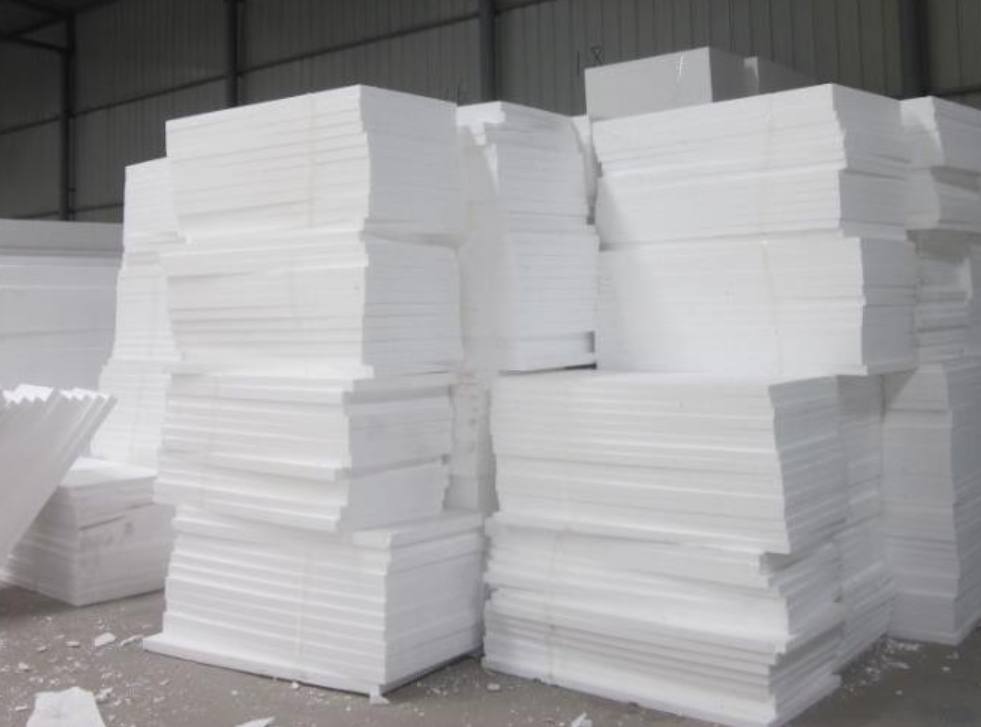
Foam boards are lightweight packaging materials with excellent cushioning protection. They provide reliable shock absorption and cushioning properties, offering high protection for fragile goods. Foam boards can adapt to various shapes of goods, providing personalized protection solutions. However, foam boards are relatively expensive, which may increase packaging costs.
Advantages
Lightweight, minimizing additional weight.
Excellent cushioning and shock absorption properties, effectively protecting goods.
It can be cut and customized in shape as needed.
Disadvantages
Higher cost, relatively more expensive compared to other packaging materials.
5. Plastic wrapping films:
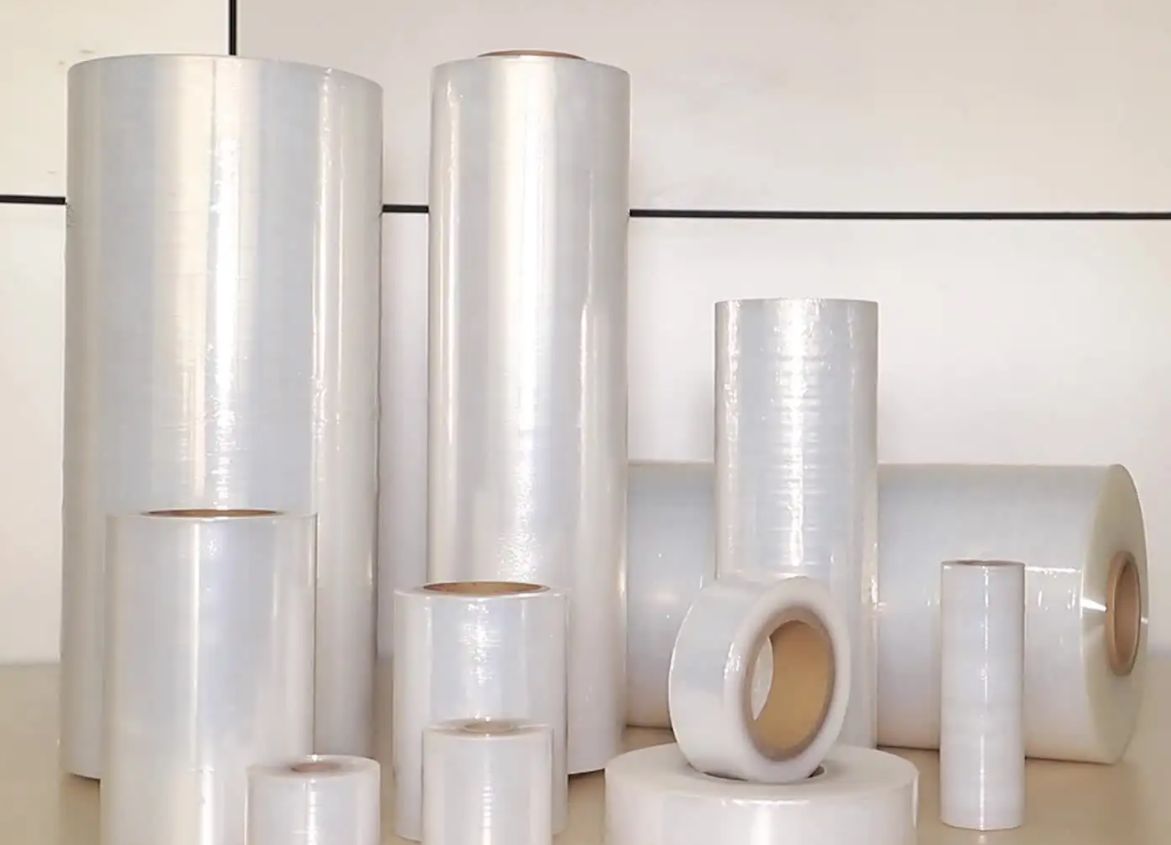
Plastic wrapping films such as stretch and shrink films are commonly used to wrap the surface of goods for protection and stabilization. They possess waterproofing, dustproofing, and scratch resistance characteristics, effectively shielding goods from external environmental influences. However, plastic wrapping films have relatively weak tear resistance and may need to be used with other packaging materials.
Advantages:
Waterproof, dustproof, and scratch-resistant, protecting the surface of goods.
It provides good stabilization, preventing goods from moving during transportation.
Disadvantages:
Poor tear resistance, susceptible to damage from sharp objects.
It may need to be combined with other packaging materials to provide comprehensive protection.
In conclusion, choosing the appropriate packaging materials is essential based on the specific characteristics and requirements of the goods. Cardboard boxes are suitable for lightweight goods and general merchandise, while wooden crates are suitable for heavy, large-sized, or goods requiring extra protection. Bubble wrap is ideal for fragile and delicate items, while foam boards are suitable for goods that require higher cushioning performance. Plastic wrapping films are suitable for surface protection and securing of goods.
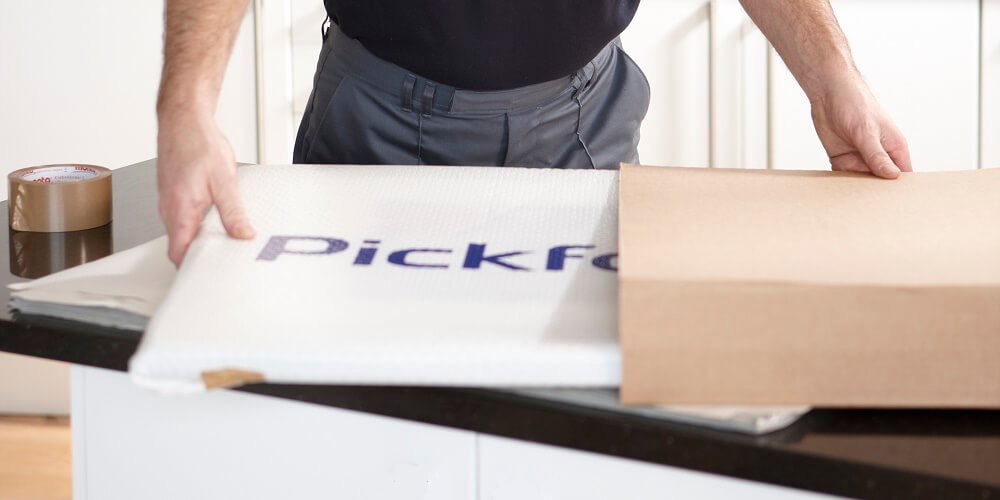
Price Comparison
The following is a price comparison of common packaging materials used in goods packaging services (in USD, for reference only):
1. Cardboard boxes:
Price range: $0.2 - $2.5 per piece, relatively low, often one of the most cost-effective options.
2. Wooden crates:
Price range: $10 - $55 per piece, relatively high. Due to the cost of wood and processing fees, wooden crates are generally more expensive.
3. Bubble wrap:
Price range: $0.1 - $0.6 per square meter. Moderate bubble wrap is a relatively economical choice compared to other packaging materials.
4. Foam boards:
Price range: $1 - $9 per square meter, higher. The price of foam boards is relatively high due to material costs and processing fees.
5. Plastic wrapping film:
The price range is $0.05 - $0.35 per square meter, which is relatively low. Plastic wrapping film is often a relatively low-cost option.
Please note that these prices are for reference only, and the actual prices may be influenced by various factors such as material quality, size, customization requirements, market supply and demand, and regional differences. When choosing packaging materials, it is recommended to have detailed discussions and compare quotes with suppliers to obtain the most accurate price information. If you choose JIKE to pack your goods, we will choose the right packaging for you according to the characteristics of your products, and give you a preferential price according to the quantity of goods packed.
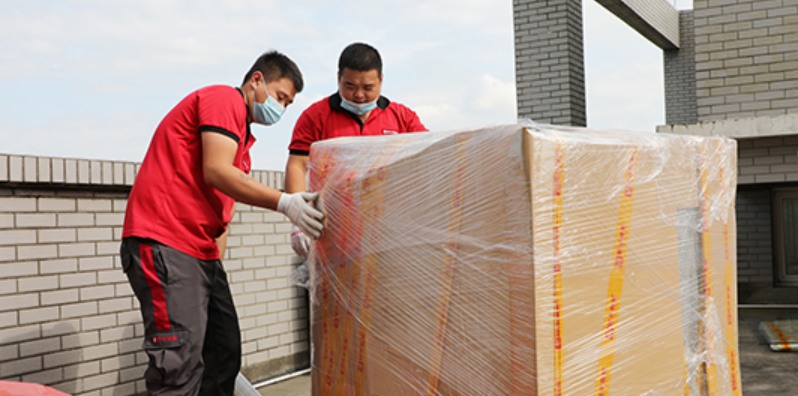
International Packaging Regulations and Standards
In international transportation, different countries and regions have their own packaging requirements that we must strictly adhere to in order to avoid legal issues and transportation delays.
Packaging regulations and standards in different countries and regions include:
United States: Packaging regulations in the United States consist of federal laws, international customs guidelines, and regulations from individual states. For example, according to the US Customs and Border Protection (CBP) regulations, the packaging of imported goods must meet CBP's security and labeling requirements.
United Kingdom: The UK has detailed packaging regulations, especially concerning environmental and recyclability. Packaging must comply with European packaging directives and include necessary information on the packaging, such as product name, quantity, production date, etc.
Canada: The Canadian Food Inspection Agency (CFIA) manages packaging requirements in Canada. The packaging of imported goods must meet CFIA's standards and requirements, particularly for packaging related to food, agricultural products, and animal and plant products. Additionally, correct product labeling and warning information are required on the packaging.
Australia: Australia has strict packaging requirements for imported goods to ensure safety and hygiene during transportation. Packaging, especially for food, pharmaceuticals, and hazardous goods, must comply with Australia's standards and regulations, including proper labeling, leak-proofing, and moisture resistance.
Japan: Japan has stringent requirements for packaging safety and labeling. The packaging of imported goods must meet Japan's standards, including strength, durability, moisture resistance, and other aspects of packaging materials. Additionally, proper labeling and warning information are necessary.
India: India has detailed packaging regulations and standards for imported goods. Packaging materials must comply with India's hygiene and safety requirements, such as appropriate material selection, moisture resistance, and printing requirements. Correct labeling and product information must also be displayed on the packaging.
European Union (EU): The EU has detailed regulations and standards, including the European Packaging and Environmental Packaging Directive. These requirements cover aspects such as recyclability, environmental friendliness, and safety of packaging materials.
As a freight forwarder, we are good at freight packaging services. We strictly comply with relevant regulations to ensure compliance in packaging goods. Therefore, we are committed to understanding and complying with the packaging regulations and standards of different countries and regions, ensuring smooth transportation and delivery of goods. We can avoid legal issues, reduce transportation delays, and ensure customer satisfaction and trust by ensuring compliant packaging.
Importance of Marking and Labeling
Marking and labeling play a crucial role in freight packaging services. Proper marking and labeling provide the necessary information to ensure proper handling, identification, and delivery of goods. Here are detailed explanations of the importance of marking and labeling:
Providing necessary information: Marking and labeling provide key information such as product description, weight, dimensions, hazardous material indicators, and destination information. This information is critical for freight forwarders, transportation companies, and recipients to ensure proper handling and transportation of goods. For example, product description and weight information help determine the appropriate mode of transport and costs, dimensions ensure that goods fit vehicles and warehouses, and hazardous material indicators alert relevant personnel and facilitate appropriate safety measures.
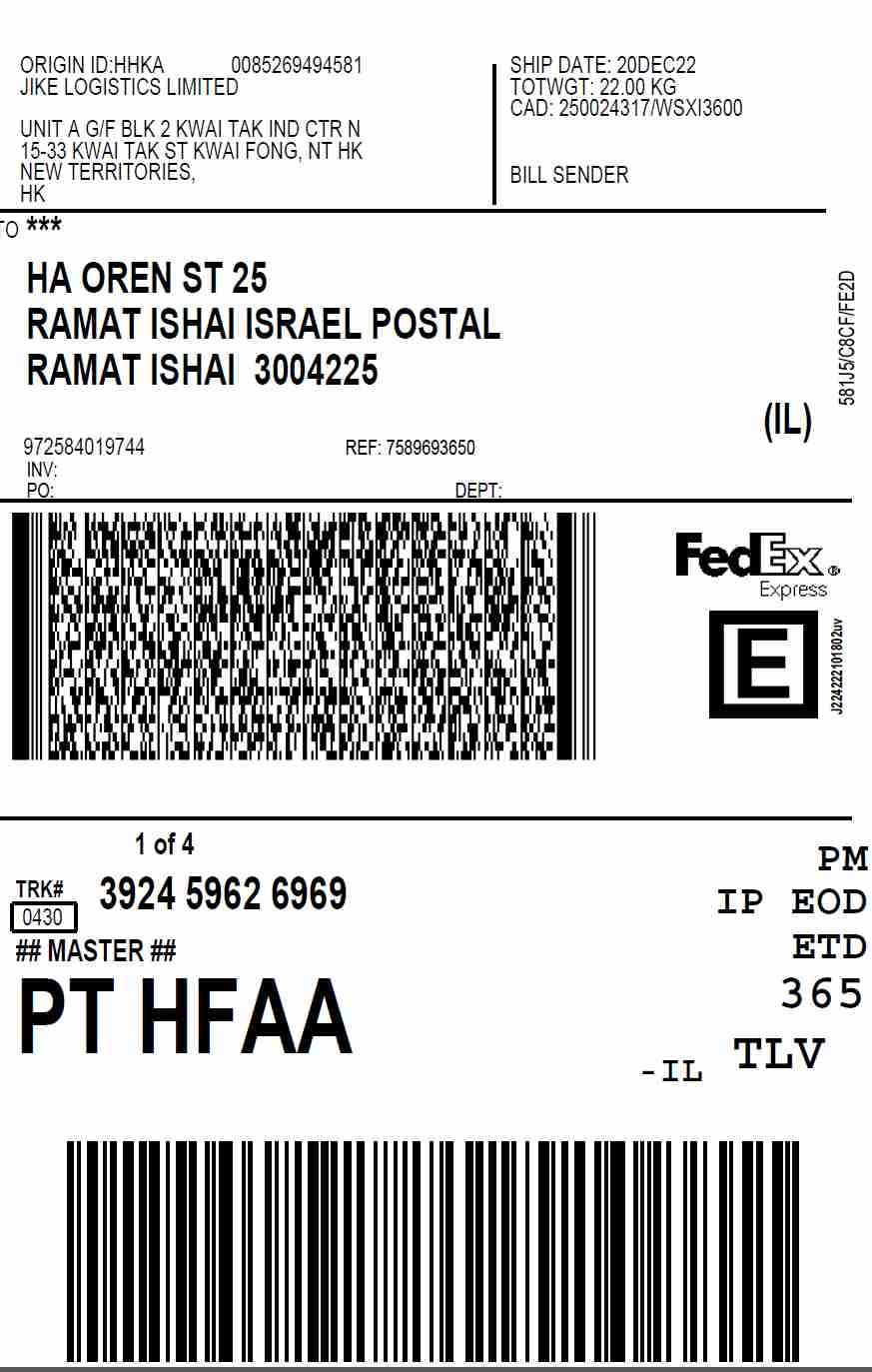
Identification and tracking of goods: Proper marking and labeling make goods easy to identify and track. Unique marking codes, product descriptions, and destination information help freight forwarders and logistics companies track the location and status of goods. This helps reduce the risk of loss, misplacement, or confusion of goods and provides timely transportation information to customers.
Compliance with regulations and standards: Marking and labeling also help comply with packaging regulations and standards in different countries and regions. For example, hazardous material indicators ensure compliance with regulations for transporting dangerous goods, while destination information and product descriptions meet customs requirements. Proper marking and labeling can prevent legal issues and delays during transportation and ensure smooth customs clearance and delivery of goods.
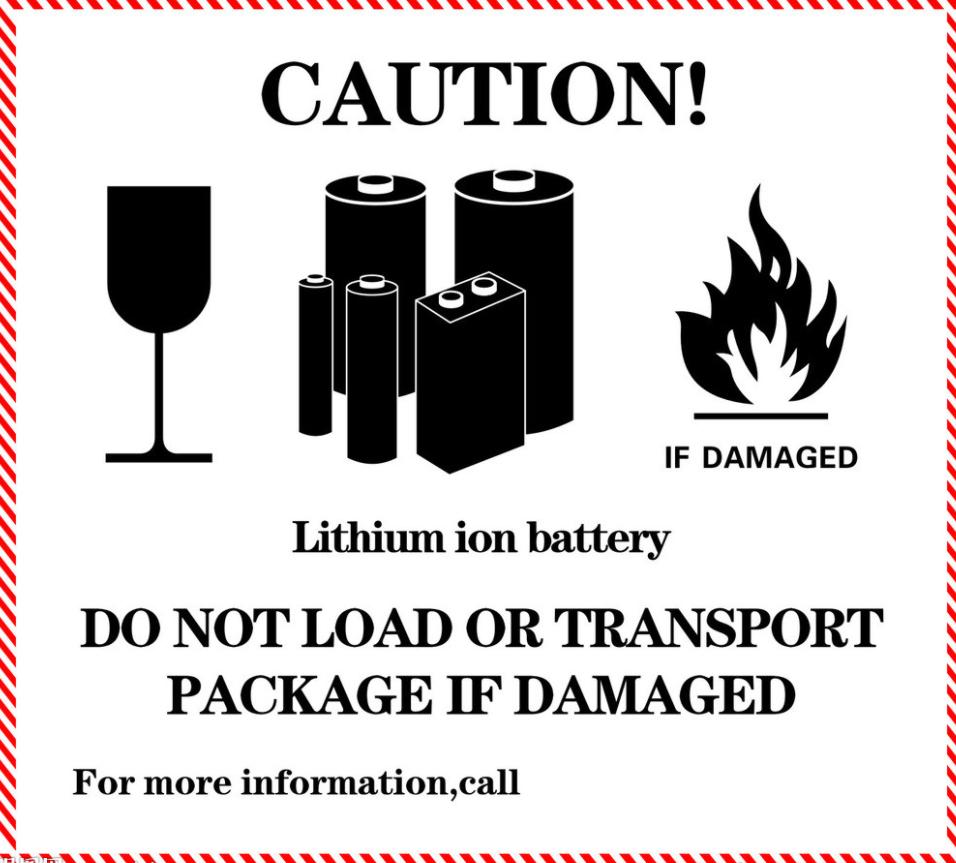
In conclusion, correct marking and labeling are essential for the international transportation of goods. They provide necessary information to ensure proper handling, identification, and delivery of goods. Marking and labeling also aid in identifying and tracking goods and compliance with regulatory and standard requirements. Therefore, freight forwarders must ensure proper marking and labeling of goods to ensure smooth transportation and meet customer and legal requirements.
How to choose the right packaging materials for yourself?
Choosing suitable packaging materials is crucial in ensuring the safe protection of goods during international transportation. Here are some suggestions for choosing the right packaging materials:
Consider the nature of the goods: First and foremost, consider the nature and characteristics of the goods. Different types of goods may require different packaging materials. For example, fragile items may require more impact-resistant materials, while liquid items may require packaging materials with good leak-proof properties. Based on the characteristics of the goods, choose packaging materials with appropriate protective capabilities.
Consider the mode of transportation and conditions: The mode of transportation and conditions are also essential factors in choosing packaging materials. Suppose the goods require long-distance transportation or will be exposed to harsh environmental conditions such as high temperatures, humidity, or vibrations. In that case, choosing more durable and pressure-resistant packaging materials is necessary. Additionally, consider the waterproof and moisture-proof properties of the packaging materials to ensure that the goods are not damaged.
Comply with regulations and standard requirements: The selected packaging materials must comply with international transportation regulations and standard requirements. Countries and regions may have different regulations regarding packaging materials, such as fire safety standards, requirements for hazardous materials packaging, and more. Freight forwarders must understand and comply with these regulations and standards to ensure packaging compliance and smooth transportation.
Consider packaging costs and benefits: Besides considering the protection of the goods, the cost and benefits of packaging materials should also be considered. Freight forwarders should strike a balance between packaging costs and the value of the goods, choosing cost-effective packaging materials while providing sufficient protection.
Seek professional advice: If there are doubts about choosing the appropriate packaging materials, it is advisable to consult professional packaging suppliers or freight forwarders. They can provide appropriate advice and solutions based on their experience and expertise. If you need any packaging advice, you can contact JIKE for help.
In conclusion, selecting the right packaging materials for oneself in goods packaging services requires considering factors such as the nature of the goods, transportation conditions, regulatory requirements, and cost-effectiveness. You should consider all these factors and check with sellers if they choose the proper packaging materials.
Important considerations
When it comes to freight packaging services, there are also several important considerations to keep in mind when selecting the right packaging materials:
Consider environmental impact: Choosing sustainable and eco-friendly packaging materials is an essential trend in the modern logistics industry. Opt for recyclable, reusable, or biodegradable packaging materials to minimize environmental impact.
Appropriate size and weight: Packaging materials should have dimensions and weights suitable for the size and weight of the goods to facilitate handling and storage. Oversized or excessively heavy packaging materials can increase transportation costs and occupy excessive storage space.
Stackability and stack stability: When selecting packaging materials, consider whether the goods need to be stacked or piled. If stacking is required, choose materials with good load-bearing capacity. If piling is needed, opt for stable materials that are not prone to sliding.
Consider additional protective measures: In addition to choosing suitable packaging materials, consider additional protective measures such as fillers, cushioning materials, corner protectors, etc. These measures can provide extra protection and reduce vibrations, impacts, and damage to the goods during transportation.
Testing and evaluation: It is advisable to conduct testing and evaluation before using new packaging materials or designing new packaging solutions. By simulating the transportation process or conducting actual tests, ensure that the selected packaging materials and solutions meet the protection requirements of the goods.
In summary, when choosing suitable packaging materials, it is necessary to consider factors. Effective protection of goods during international transportation can be ensured through meticulous planning and appropriate packaging materials.
Why choose JIKE to offer you freight packaging service?
There are several advantages and reasons for choosing us as your packaging provider:
Expertise and experience: We possess extensive professional knowledge and experience in packaging. With years of accumulated experience, we understand different types of goods and transportation requirements, allowing us to provide customized packaging solutions based on specific client needs.
A diverse range of freight packaging services: We offer diverse freight packaging services that cover various goods and transportation methods. We can provide suitable packaging solutions, whether regular merchandise, hazardous materials, or cold chain logistics.
High-quality packaging materials: We utilize high-quality packaging materials to ensure comprehensive protection for your goods during transportation. By collaborating with reliable suppliers, we select durable, impact-resistant, and moisture-proof packaging materials to ensure the safety and integrity of your cargo.
Compliance with regulations and standards: We understand and adhere to international transportation regulations and standards. Whether customs requirements, hazardous materials packaging regulations, or other relevant regulations, we ensure that our packaging solutions meet the requirements, avoiding legal issues and transportation delays.
Customized services for clients: We prioritize communication and collaboration with our clients, offering customized freight packaging services. By gaining an in-depth understanding of client needs and requirements, we provide the best packaging solutions based on the characteristics of the goods, transportation conditions, and budget constraints.
Positive customer reputation: Customer satisfaction is our top priority, and we have established a strong reputation among clients. Our customers come from various industries and highly appreciate and trust our freight packaging services and professionalism.
By choosing us as your packaging provider, you can benefit from our expertise, diverse services, high-quality packaging materials, and compliance with regulations. We will provide comprehensive packaging solutions to ensure your goods are safe and smooth transportation to their destination.
In conclusion
Freight packaging services play a crucial role and offer significant advantages in international transportation. As freight forwarders, we bear essential responsibilities when providing freight packaging services. With our professional knowledge and experience, we offer optimal packaging solutions based on the characteristics of the goods and transportation requirements. We understand their needs and requirements through close collaboration with clients, delivering customized freight packaging services. Therefore, professional freight forwarders like us, who provide packaging services, should be considered. Our responsibility is to ensure the safe transportation of goods and provide excellent service experience for our clients.
FAQs
| Q: What does freight packaging service include? |
| A: Freight packaging service covers aspects such as packaging design, selection and procurement of packaging materials, determination of packaging methods, application of labels and tags, and hazardous materials packaging. It aims to ensure the effective protection and safety of goods during transportation. |
| Q: Does freight packaging service include packaging of hazardous materials? |
| A: Yes, freight packaging service typically involves packaging hazardous materials. Hazardous materials packaging has strict regulations and standards to ensure the safe and controlled transportation of hazardous goods. Freight forwarders must understand the relevant regulations and standards and take appropriate packaging measures, including using specific packaging materials and labeling. |
| Q: Does freight packaging service include the application of marks and labels? |
A: Yes, marks and labels an essential in freight packaging service. They provide crucial information such as goods description, weight, dimensions, hazardous material markings, and destination. Proper marking and labeling ensure that goods are handled and identified correctly during transportation. |
| Q: Do I need to comply with specific packaging regulations and standards? |
A: International transportation involves various regulations and standards, such as customs requirements and hazardous materials packaging regulations. Freight forwarders must comply with these regulations and standards to avoid legal issues and transportation delays. |


Consult Our Experts